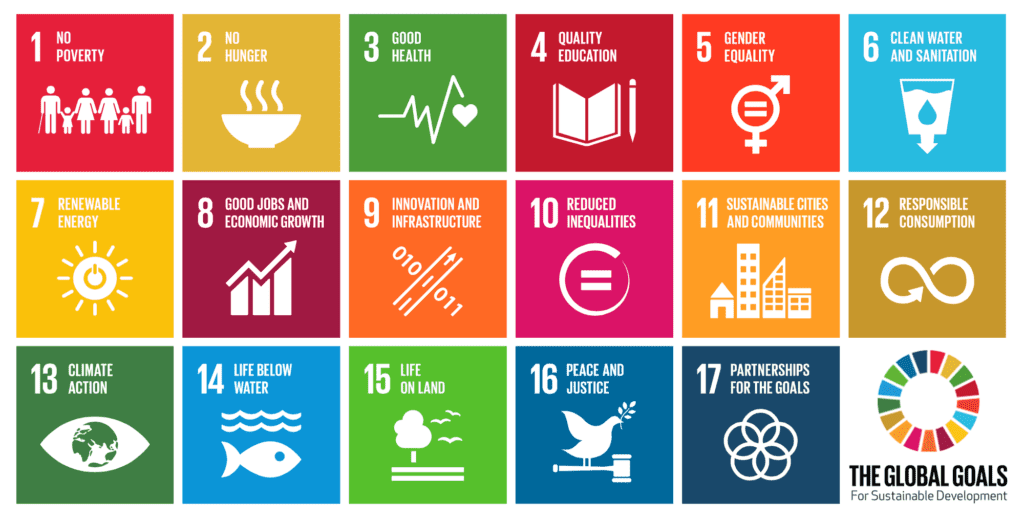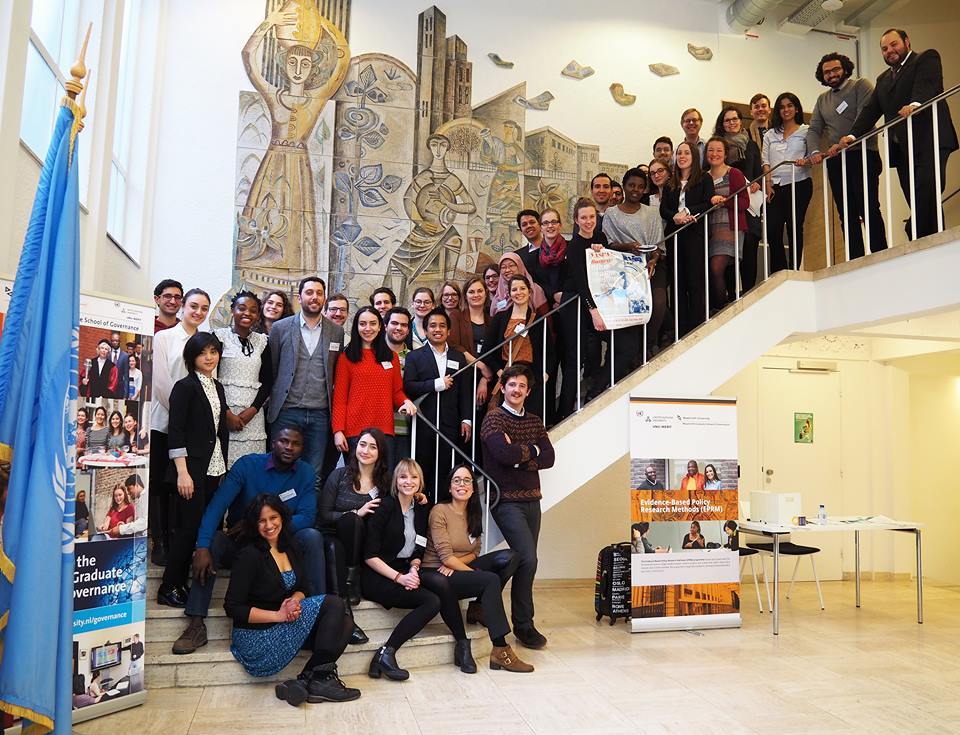
Simulating Zero Hunger: How Students Are Tackling SDG2
How can we achieve “Zero Hunger” by the year 2030?
![]() Last weekend graduate students in public policy took this question head-on at the United Nations’ University-MERIT campus in the Netherlands, where they participated in a global competition designed to simulate the challenges and competing interests that confront policymakers every day.
Last weekend graduate students in public policy took this question head-on at the United Nations’ University-MERIT campus in the Netherlands, where they participated in a global competition designed to simulate the challenges and competing interests that confront policymakers every day.
Dubbed the NASPAA–Batten Simulation Competition on Global Food Security, the event was one of eight such simulations staged around the world last Saturday to provide a hands-on demonstration for the next generation of food security leaders.
The game scenario was this: A new Global Food Security Fund is established by a billionaire who wants to enter the global food security sector. The new fund includes a team of program officers and regional directors representing South America, East Africa, West Africa, South Asia and Southeast Asia to promote key projects in sectors like health, agriculture, and the environment. All of these projects have the same objective: To achieve the Sustainable Development Goal #2 of ending global hunger by 2030.
 Students played these roles on a sophisticated computer simulation that monitored key food security indicators like nutrition, production, and demographics for their region and world. For each of the simulation’s four rounds, the teams analyzed simulated data as well as historical data based on actual events and regions of the world. Program officers prioritized projects for specific sectors and then pitched them to the regional director. In a team meeting during each round, they worked within their budgets to develop a portfolio of policies to advance food security in support of the Zero Hunger mission.
Students played these roles on a sophisticated computer simulation that monitored key food security indicators like nutrition, production, and demographics for their region and world. For each of the simulation’s four rounds, the teams analyzed simulated data as well as historical data based on actual events and regions of the world. Program officers prioritized projects for specific sectors and then pitched them to the regional director. In a team meeting during each round, they worked within their budgets to develop a portfolio of policies to advance food security in support of the Zero Hunger mission.
Along the way, students had to weigh tradeoffs between investing in infrastructure like rural feeder roads, technologies like improved seeds and post-harvest storage, and best practices in land management (among other possible interventions). As the simulation advanced through the rounds, these projects helped improve the country and regional scores toward achieving a zero hunger simulation. The winning “world” was the collection of regions that improved their indicators the most relative to enabling a Zero Hunger scenario.
This competition gave students a front row seat to participate in critical debates about how to feed a growing population and respond to unanticipated climatic events along the way that threaten to derail development progress. Moreover, they did this on teams representing students from different countries and regions of the world. These differences reflect the challenging cultural and political dynamics that must be overcome to achieve the Sustainable Development Goals.
World Food Program USA was proud to participate both in the simulation development and the judging of the competition in the Netherlands. The challenges discussed during the simulation mirror conversations that are occurring today in humanitarian and development agencies like the World Food Programme (WFP). Helping to prepare the next generation of global food security advocates fits WFP and WFP USA’s mission towards achieving zero hunger.
The 2017 NASPAA-Batten simulation demonstrates what we already know to be true: Hunger is the world’s greatest solvable problem. We have the technology, and the resources, but can we achieve the collective political will?
With motivated public policy students like these, that answer is a resounding yes.




